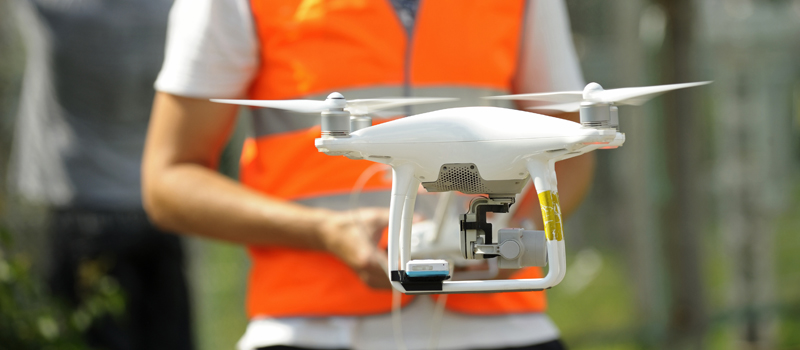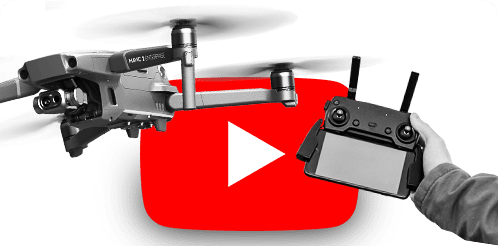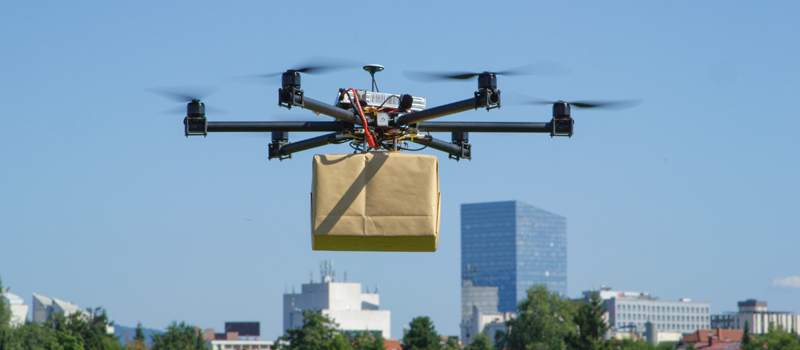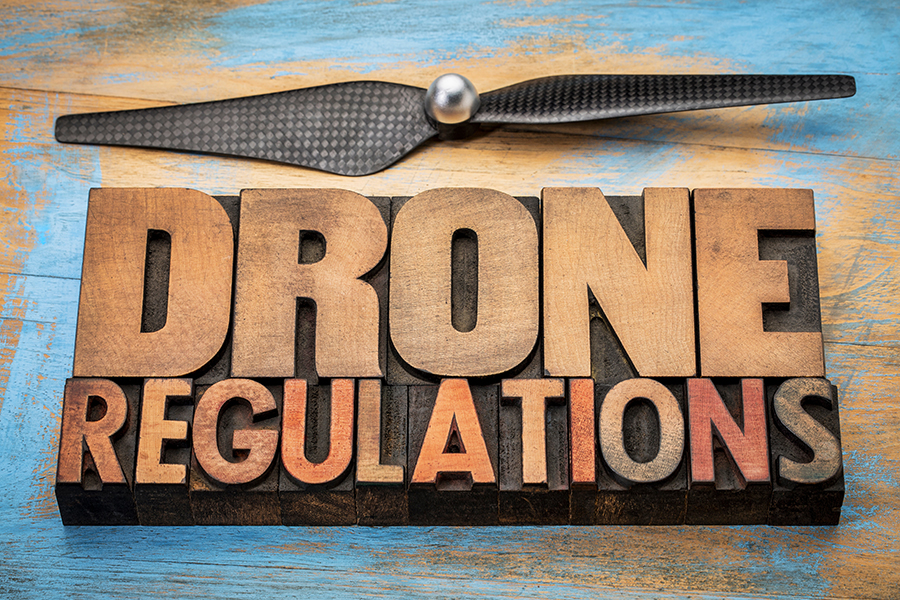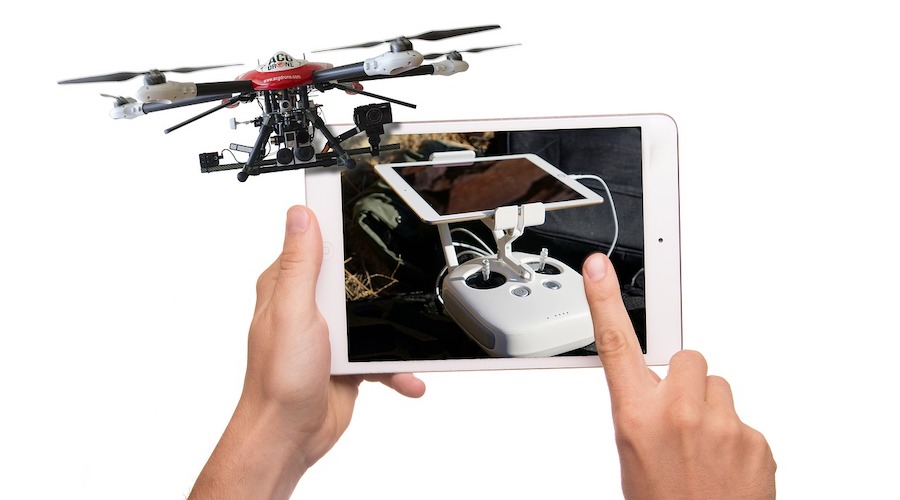-
The nature of radio communication
- Drone News Update
-
What causes the signals your drone uses to weaken?
- Flying out of range
- Large obstructions
- Interference from power lines
- Interference from other devices
- Weather conditions
-
Preparing for a signal dropout
- Set RTH parameters
- Place a GPS tracker on your drone
-
Final thoughts
The invisible tether that connects your remote controller to your drone is the one thing that keeps the drone from flying away. Because of this, there’s always that slight moment of panic when you see the signal strength start decreasing. Sometimes, this happens seemingly without reason.
Why is this connection between the controller and the drone so tenuous? In this article, we will be looking at all the possible reasons that could contribute to reducing your drone’s signal strength. Hopefully, being able to recognize these signs helps you avoid similar problems in the future.
The nature of radio communication
Your drone and remote controller communicate using radio frequency signals, more simply called waves. These are simply a form of electromagnetic radiation with wavelengths in the range of 300 gigahertz to 30 hertz. This is a very wide frequency range and not the entire range is accessible to us.
The reason for this restriction is the fact that radio communications are used everywhere – from the military, to airports, and down to our kitchen appliances. As it turns out, some of these are more important than others. You can’t have military communications crippled just because everyone is sending messages through their smartphones.
To avoid interference, the ITU Radio Regulations established what is known now as the ISM frequency bands. These were the radio frequencies accessible to the most common wireless devices. The ISM frequency bands are an international standard for which frequencies are accessible to unlicensed radio use.
As you can guess, the frequencies used by drones fall within the ISM band. In fact, the two frequencies used by drones – 2.4 GHz and 5.8 GHz – are also some of the most commonly used. From microwave ovens to baby monitors, most of the wireless devices we use in daily life run in either or both of these frequency values.
To avoid interference between devices, they are assigned to channels within the same frequency. Although this works most of the time, it can still fail if the channels get congested by too many devices. You’ve probably already experienced this with your home Wi-Fi network suddenly dropping out, seemingly for no reason.
This issue typically resolves by itself after some time. However, those dropouts can have consequences depending on when they happen. In the case of drones, those consequences can include fly-aways or crashes.
What causes the signals your drone uses to weaken?
If you’ve used drones long enough, then you’ve probably experienced a signal dropout at some point. These can happen even if the drone is less than a hundred feet away from you. Here are some of the more common causes of this phenomenon:
Flying out of range
Radio signals, like other forms of electromagnetic radiation, will attenuate with distance. This means that signals tend to get weaker the farther away they are emitted, even in the absence of any obstruction.
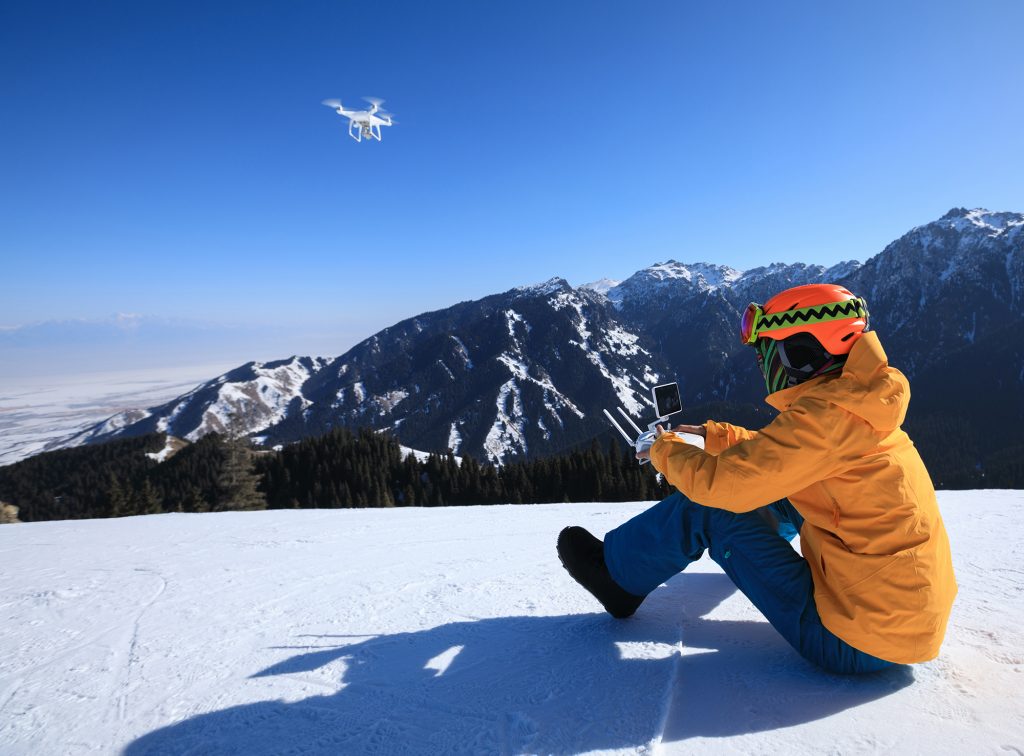
This natural attenuation means that all drone transmitters are rated with a limited range. This range has gotten a lot bigger in the last couple of years, mainly because of improvements in transmission technology. Nowadays, it’s no longer uncommon to see drones that can transmit signals reliably upwards of five miles away from the controller.
With advanced transmission, the effective control range is no longer such a significant limitation for drone flight. This is mainly because drone flight is mostly still limited to visual line-of-sight. Should BVLOS operations become more common, we will probably see drone manufacturers revisit attempts to enhance transmission technology.
Large obstructions
Signal dropout while flying drones are more common in urban environments. Large buildings are particularly problematic. This results from the behavior of radio wave propagation.
Radio waves can penetrate through most non-conducting materials. These include wood, concrete, and bricks. However, they are reflected when they hit conductive materials such as metal and water. This poses a challenge if you’re flying a drone somewhere with a lot of buildings or cars. Other obstructions that can interfere with radio communications include electrical pylons and communications towers.
If there are any such structures nearby, it would be a good idea to move away from them before flying your drone. It also helps to be realistic with your goals when flying in urban areas. Expect only about half a mile of reliable control range when you’re flying your drone near buildings and other metal structures.
Interference from power lines
Electromagnetic interference happens when there are other strong sources of electromagnetic signals near your drone or remote controllers. These ‘strong sources’ are quite rare except for a very common example – power lines.
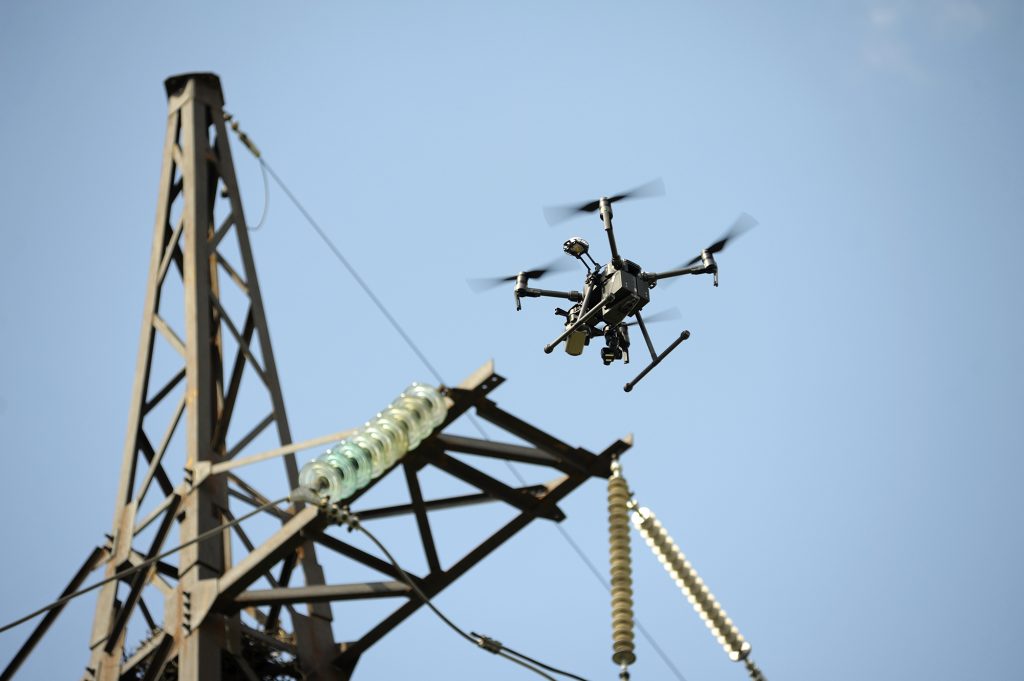
The flow of current along a power line creates an invisible field of electromagnetic signals around it. This can disrupt the radio waves that your drone receives from the remote controller, resulting in partial loss of control. Licensed drone pilots who do power line inspections are most familiar with this situation and trained to handle it.
The severity of electromagnetic interference from a power line depends on how much current is passing through it. Above-ground distribution lines in neighborhoods probably pose no problems as far as interference is concerned. However, you may want to be more careful when flying near high-voltage transmission lines.
Interference from other devices
We have already mentioned how drones share the same radio frequency as almost all other wireless devices. This could be problematic if you are in a spot where there a lot of smartphones, cordless phones, and other wireless devices being used.
If you are flying within your neighborhood or in a busy city, this is something you should expect to happen. Fortunately, signal dropouts due to other devices usually only happen temporarily and resolve by themselves. Modern wireless devices are designed to play well with others.
If you’re concerned about the effect of other wireless devices, then try and fly your drone from a spot away from crowds. Flying in a place where there are several active Wi-Fi hotspots can also be problematic.
Weather conditions
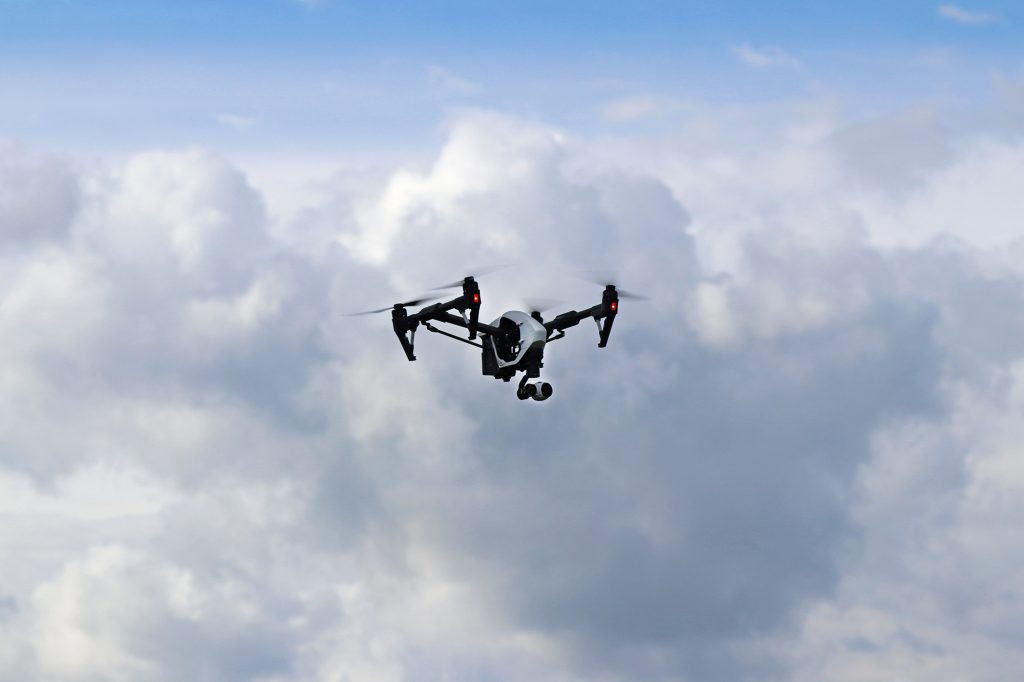
Extremes in temperature and humidity can also affect the quality of radio signal transmission. Moisture suspended in the atmosphere can act as microscopic water channels that reflect, deflect, or disperse radio signals. Passing through a water channel also reduces the intensity of signals, thereby accelerating their attenuation.
Higher temperatures are less favorable for radio transmission. This follows the behavior of any conductive material that gains increased resistance when exposed to higher temperatures. At hotter atmospheres, radio signals get weaker and can transmit in a significantly smaller range.
Preparing for a signal dropout
Considering all the possible causes of a signal dropout, the prudent thing for a drone pilot to do is to expect them to happen and to just prepare for them. Fortunately, most drones nowadays are prepared for this sort of thing.
Set RTH parameters
The default measure to prepare for a signal dropout is to make sure that your drone’s return to home (RTH) function is activated. This will trigger after some time has passed that it has not communicated with the remote controller.
Make sure to set the proper altitude for the RTH function so that it will clear any potential obstacles in its way. If you plan on moving away from the original take-off spot while flying your drone, don’t forget to reset the home destination to your new location.
Place a GPS tracker on your drone
Triggering your drone’s RTH function when it all well and good, but if the drone crashes? It really only takes a moment of lack of control for a drone to crash into a tree or some other obstacle. In this case, your priority would be to recover the drone.

While it’s theoretically possible to recover your drone using its onboard GPS, it’s always better to have a backup on hand just in case your drone’s battery runs out before you can find it. A compact stick-on GPS tracker like Trackimo will work perfectly fine.
Knowing that signal dropouts are inevitable is not an invitation to court danger. Of course, the ideal scenario is one where your controller and drone don’t lose their connection. With this end in mind, it is still a better measure to avoid conditions that lead to poor radio communications.
Final thoughts
While the discovery of radio signals to transmit information has been revolutionary, it is still a technology with limitations. For the most part, we can live with these limitations. Momentary signal dropouts on our phones aren’t such a big deal, and neither is losing a Wi-Fi signal for a few seconds.
Drone flight is a different matter. Losing the connection between your controller and the drone, even for just a few seconds, can already lead to disastrous results. Unfortunately, the radio signals that facilitate drone flight are just as prone to interference and attenuation as the signals in all of our other wireless devices.
The best measure of safety is recognizing the conditions that can lead to poor radio communications and avoiding them as much as possible. This includes flying near large metal structures and major sources of electromagnetic interference.
